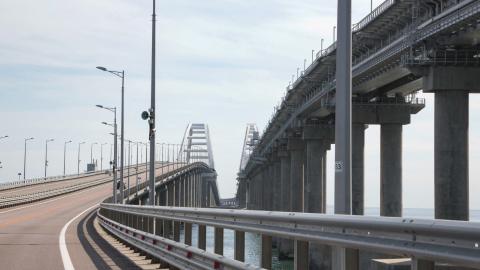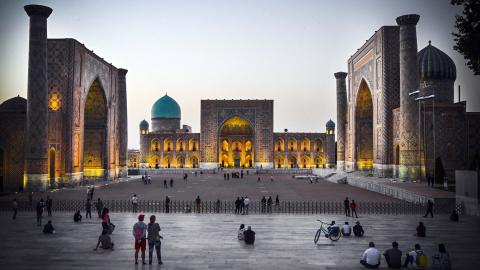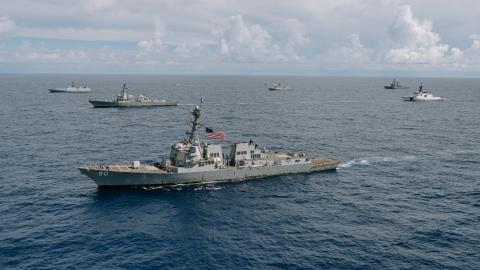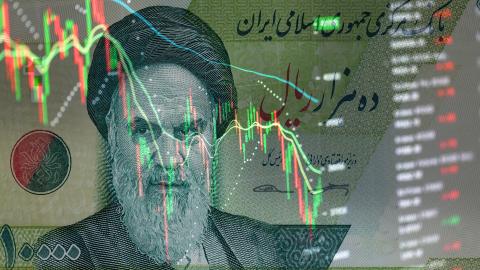Russia began its bombing campaign over Syria yesterday. Zero Russian bombs fell on the ISIS stronghold of Raqqa, however, with planes instead attacking the provinces of Homs, Hama and Latakia—areas where Assad has faced recent setbacks. Though the strikes hit some al-Qaeda affiliated al-Nusra positions, they also appear to have targeted positions held by more moderate militias allied to the Free Syrian Army—groups which have been receiving weapons through the CIA since at least 2013
Meanwhile, relations between Iran and Saudi Arabia soured even further this week. Iran doubled its estimate of how many of its citizens died in the recent deadly stampede in Mecca, and called for Saudi Arabia to lose its stewardship over the hajj. The Supreme Leader said that the Saudis were not doing enough to repatriate the bodies of the victims in a timely fashion, and threatened an unspecified harsh response should the Kingdom fail in its duties.
At the same time, Saudi officials announced that an Iranian ship full of weapons was intercepted off the coast of Yemen, presumably intended for the Houthi rebels. Both Tehran and the Houthis denied that they had anything to do with the vessel.
A small step back can help one make sense of just what is going on in the greater Middle East. A Russian-Iranian axis has clearly formed, based on the convergence between Iran’s goal to become the dominant power in the region and Russia’s fear of radical Sunnism stirring up its own restive Caucasus. Putin, characteristically a fast-moving, opportunistic player, has exploited the naive and slow decision-making process of the White House—plus its evident determination to pay virtually any price in order to stay out of the Syrian conflict as far as possible—to change the balance of forces in Syria and, therefore, in the region.
And Iran, for its part, is using this alliance, and its stronger position globally after the nuclear deal, to move toward a more aggressive and confrontational regional role. It is not directly confronting the United States, but is stepping up the pressure on American allies, some of whom are now beginning to wonder if the they are ex-allies.In particular, the struggle between Iran and Saudi Arabia is heating up. In this struggle, Iran is in the ascendant at the moment, though the Saudis are pushing back hard.
The consequences of the competition include a gradual tilt of Sunni opinion toward increased radicalism against a background of intensifying sectarian war. Longstanding foci of American policy in the region, including the peace process between Israelis and Palestinians, are falling by the wayside. There is a brutalization of governance in many countries, and the violence in the areas of warfare is becoming more entrenched and less constrained by any limits. In communal struggles for survival, after all, there are few limits and no rules.
So far, the conflict has mostly been kept away from the most important facilities for oil production and shipment, and the core regimes in the conflict have not yet experienced internal instability on a major scale. Iran on one side and the Gulf monarchies on the other have been exporting violence and destruction without suffering severe internal problems—yet. It is not clear what the consequences of further ideological and religious polarization, intensification of the sectarian and great power conflicts and sense of existential threat will be.















